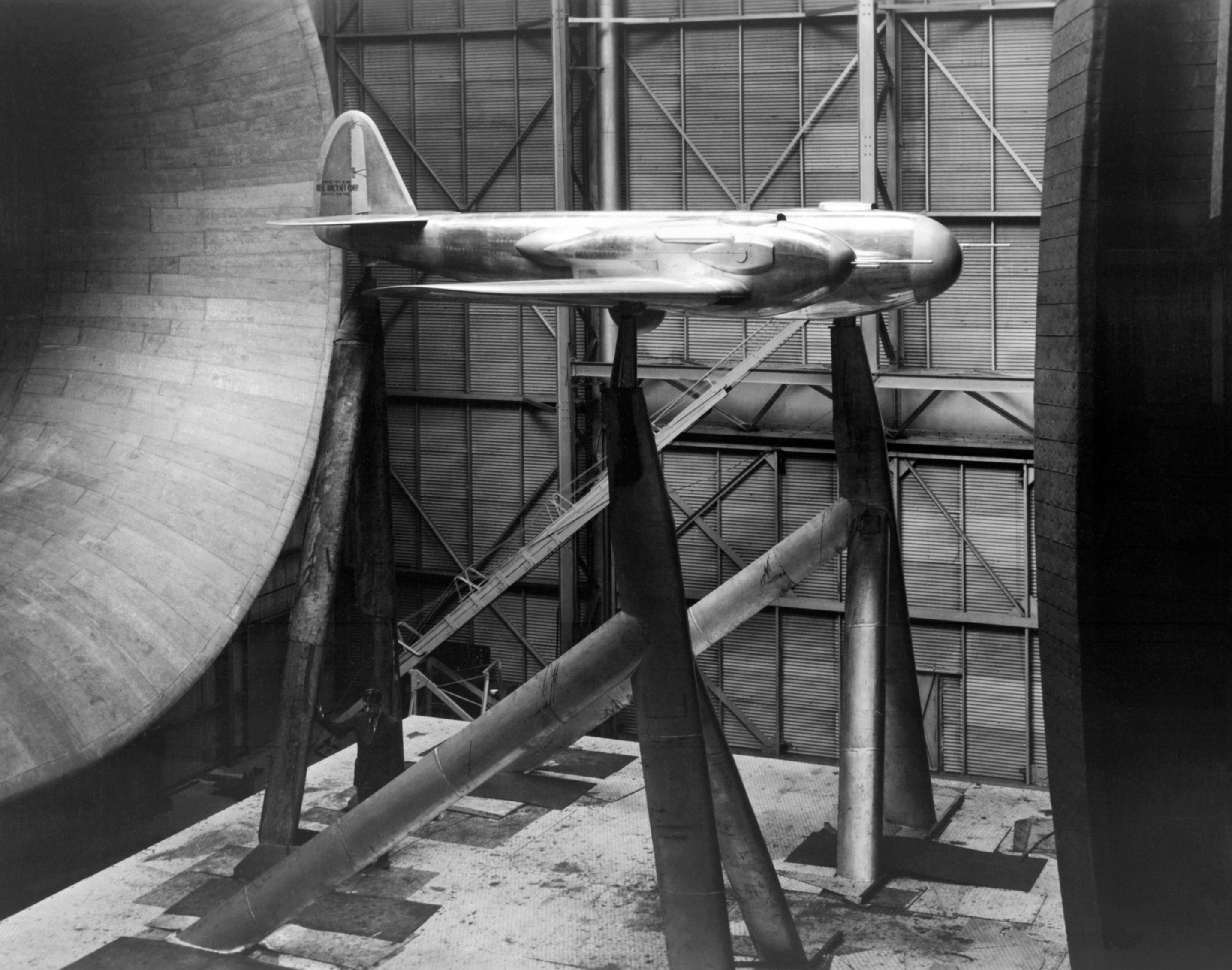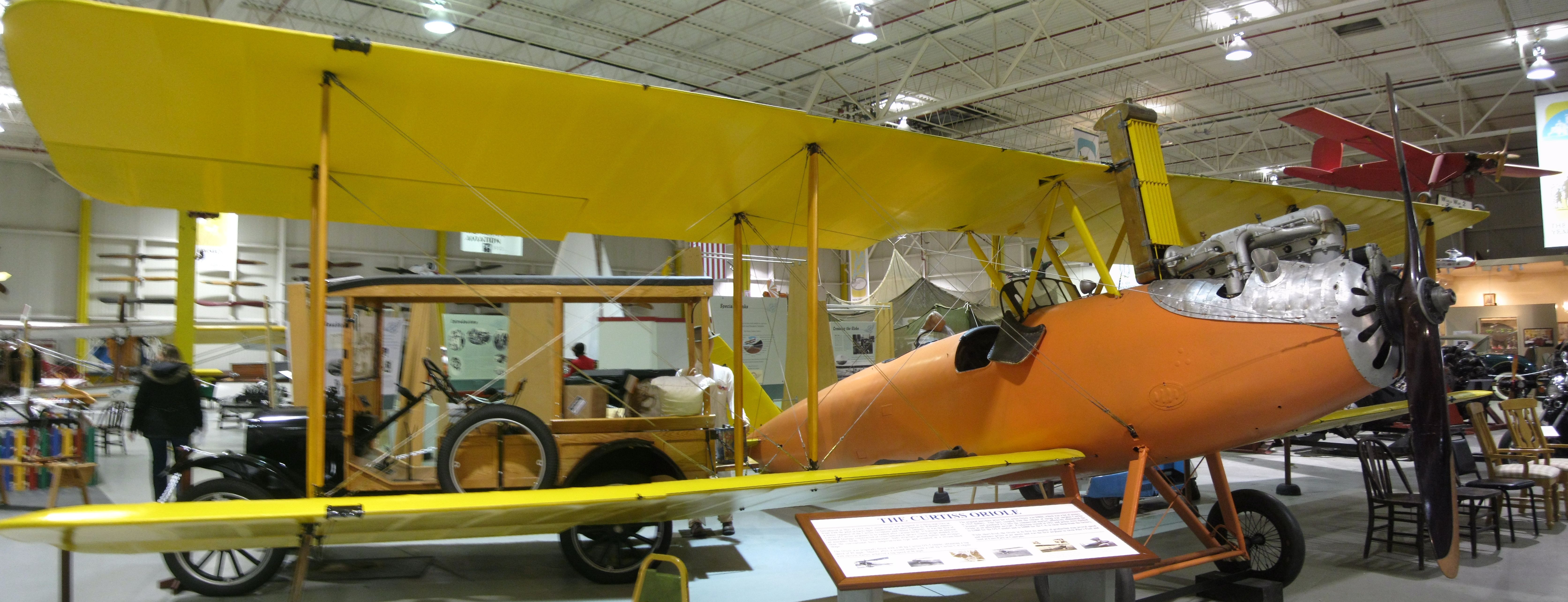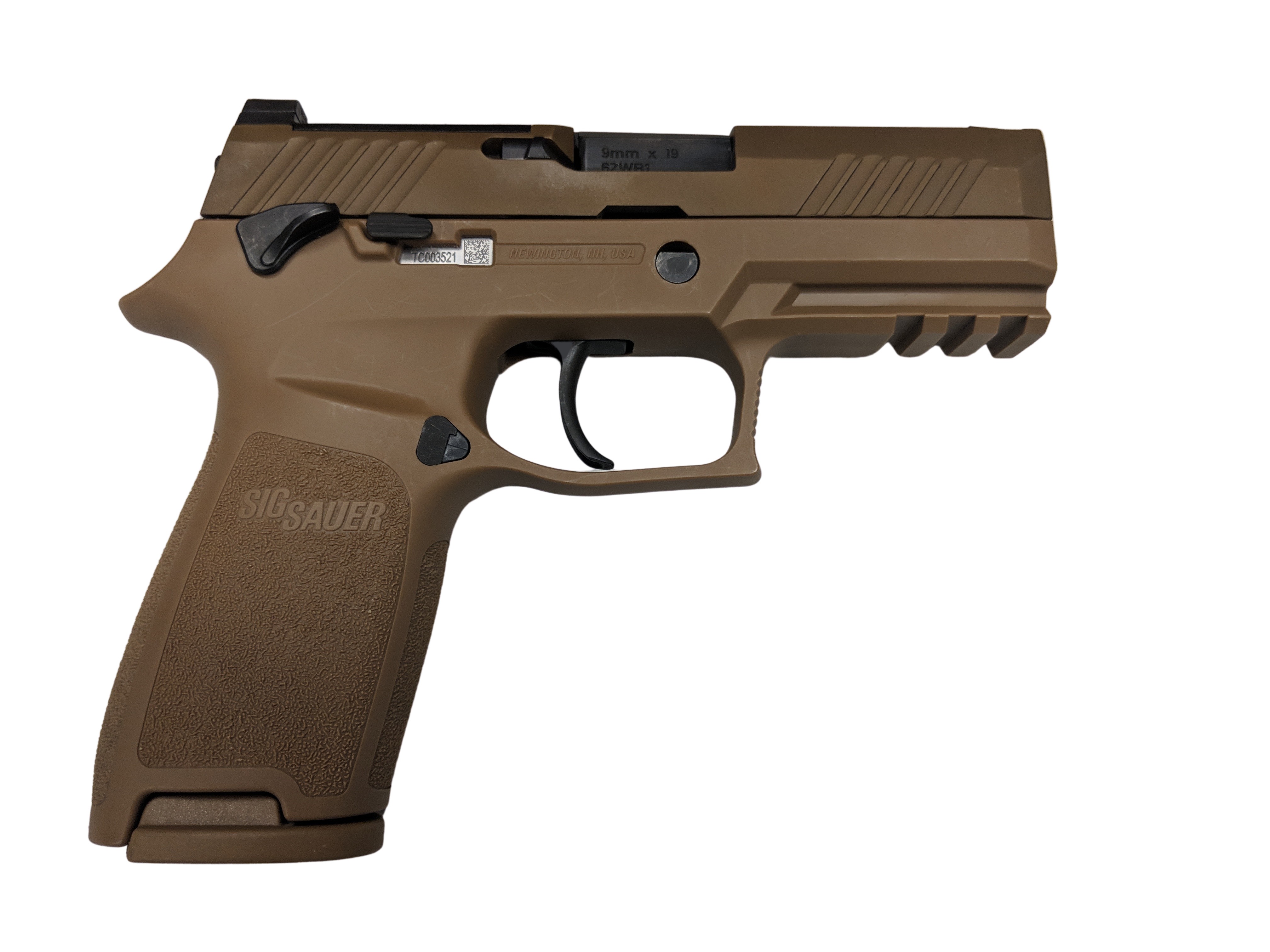|
Model 17 (other)
Model 17 may refer to: Aircraft * Beechcraft Model 17 Staggerwing, 1930s U.S. biplane with negative wing stagger * Bell Model 17 Airacuda, 1940s U.S. heavy fighter * Consolidated Model 17, 1920s U.S. cargo monoplane * Curtiss Model 17, 1920s U.S. biplane * FBA Model 17, 1920s French flying boat trainer Firearms * Glock model 17 gun * Remington Model 17 pump-action shotgun * Smith & Wesson Model 17 double-action sixshooter revolver Other uses * Model 17 grenade (Eierhandgranate), German WWI handgrenade See also * SIG Sauer M2017 pistol (Model 2017) * Model 1817 common rifle, U.S. flintlock * M1917 (other), including Model 1917 * * Model (other) * M17 (other) * 17 (other) * Type 17 (other) * Class 17 (other) {{dab ... [...More Info...] [...Related Items...] OR: [Wikipedia] [Google] [Baidu] |
Beechcraft Model 17 Staggerwing
The Beechcraft Model 17 Staggerwing is an American biplane with an atypical negative wing Stagger (aviation), stagger (the lower wing is farther forward than the upper wing). It first flew in 1932, and was sold on the civilian market, being used for transport and air racing. During World War II, it was used by allied forces, and after the war continued in civilian production until 1949, with 785 having been produced. Development In 1932, Walter Herschel Beech, Walter H. Beech, formerly head of the aircraft manufacturer Travel Air, left Curtiss-Wright, which had purchased Travel Air in 1929, to set up a new company, Beechcraft, Beech Aircraft Corporation, based in Wichita, Kansas. Beech took the airplane designer Ted A. Wells from Curtiss-Wright, and the first project of the new company was the Model 17, a fast biplane with an enclosed cabin designed to meet the needs of business executives. It was based on a design drafted by Wells while at Curtiss-Wright, but rejected by the ... [...More Info...] [...Related Items...] OR: [Wikipedia] [Google] [Baidu] |
Bell Model 17 Airacuda
The Bell YFM-1 Airacuda was an American heavy fighter aircraft, developed by the Bell Aircraft Corporation for the United States Army Air Corps during the mid-1930s. It was the first military aircraft produced by Bell. Originally designated the Bell Model 1, the Airacuda first flew on 1 September 1937. The Airacuda was marked by bold design advances and considerable flaws that eventually grounded the aircraft. The Airacuda was Bell Aircraft's answer for a "bomber destroyer" aircraft. Although it did see limited production, and one fully operational squadron was eventually formed, only one prototype and 12 production models were ultimately built, in three slightly different versions. Design and development In an effort to break into the aviation business, Bell Aircraft created a unique fighter concept touted to be "a mobile anti-aircraft platform"Winchester 2005, p. 74. as well as a "convoy fighter".Hanson, David"Bell YFM-1 Airacuda" ''daveswarbirds.com'', September 2009. Ret ... [...More Info...] [...Related Items...] OR: [Wikipedia] [Google] [Baidu] |
Consolidated Model 17
The Consolidated Model 17 Fleetster was a 1920s American light transport monoplane aircraft built by the Consolidated Aircraft Corporation. There was several closely related types the Model 17, Model 18, Model 20; then the C-11, C-22, and XBY military versions. Design and development The Fleetster received Approved Type Certificate Number 369 on 29 September 1930. It was designed to meet a requirement of the New York, Rio, and Buenos Aires Line (NYRBA) for an aircraft to serve the coastal routes in South America. The Fleetster had a streamlined all-metal monocoque fuselage with a wooden wing. The powerplant was a 575 hp (429 kW) Pratt & Whitney R-1860 Hornet B radial engine. It was available as a landplane or seaplane and could accommodate up to eight passengers, although the three NYRBA aircraft were fitted with two full-width seats each for three passengers. A parasol-wing version (the Model 20 Fleetster) was also developed with the wing supported by four short s ... [...More Info...] [...Related Items...] OR: [Wikipedia] [Google] [Baidu] |
Curtiss Model 17
The Curtiss Oriole (Curtiss Model 17) was an American three-seat general-purpose biplane. Design The Oriole fuselage was constructed using laminated wood to form a monocoque body and was powered by either the Curtiss OX-5 V-8 or the Curtiss K-6 engine. The aircraft featured a self-starter and a tall thin radiator in the pilot's field of view. Operational history Surplus Curtiss Oriole wings were sold to Harold Pitcairn to manufacture the first production Pitcairn aircraft, the Pitcairn PA-3 Orowing. Northwest Airlines was founded on August 1, 1926, flying a Curtiss Oriole and a Thomas Morse Biplane on the CAM-9 Airmail route from Minneapolis to Chicago. Admiral Byrd selected a Curtiss Oriole as second aircraft for his 1926 Arctic Expedition to the North Pole with a Fokker F.VII. The Oriole was planned to be used for photography and rescue work. The New York times reported (falsely) that the Oriole was shipped on the steamer Chantier in case the Fokker was unavailable. However ... [...More Info...] [...Related Items...] OR: [Wikipedia] [Google] [Baidu] |
FBA Model 17
The FBA 17 was a training flying boat produced in France in the 1920s. Design and development Similar in general layout to the aircraft that FBA had produced during World War I, the Type 17 was a conventional two-bay biplane with unequal-span, unstaggered wings and side-by-side open cockpits. The pusher engine was mounted on struts in the interplane gap. Apart from their use by the French Navy, a small number were sold to the Polish Navy, the Brazilian Air Force, and civil operators as well. Some versions were built as amphibians, and others had fittings to allow them to be catapulted from warships. In 1931, the US Coast Guard purchased an example for evaluation, and being pleased with the design, arranged for the type to be built under licence by the Viking Flying Boat Company in New Haven, Connecticut. Six aircraft were eventually produced and served with the Coast Guard under the designation OO until the outbreak of World War II. Variants ;17 HE.2:(''Hydravion d'École'') ... [...More Info...] [...Related Items...] OR: [Wikipedia] [Google] [Baidu] |
Glock Model 17
Glock Ges.m.b.H. (doing business as GLOCK) is a light weapons manufacturer headquartered in Deutsch-Wagram, Austria, named after its founder, Gaston Glock. The company makes popular polymer-framed pistols, but also produces field knives, entrenching tools, various horse related products, and apparel. Products Handguns Glock handguns are common sidearms among law enforcement agencies and military organizations around the world, and are also popular weapons for home defense, and concealed/open carry. They are reputed to be highly reliable, able to function under extreme conditions and available in a wide range of ammunition types (9mm, 10mm, .40 S&W, .45 ACP, .45 GAP, .357 SIG, .380 ACP, and .22 LR). Third-party conversion kits for .400 Corbon, .40 Super, and .50 GI are also available. The simplicity of the Glock design as well as its simple operation contributes to its reliability, as it contains a relatively small number of components (nearly half as many as the ty ... [...More Info...] [...Related Items...] OR: [Wikipedia] [Google] [Baidu] |
Remington Model 17
In 1915 John Browning patented a pump-action shotgun with the following features: hammerless, under-loading, tubular-magazine, bottom-ejecting, and take-down. This design would eventually become the Remington Model 17. Manufacturing rights were sold to Remington Arms shortly after, but due to the production efforts of World War I, Remington was unable to begin manufacturing until 1921. Before production began John Pedersen made alterations to the design, with more changes made later by G. H. Garrison. The Model 17 was a trim, 20-gauge shotgun that served as the design basis for three highly successful shotguns: the Remington Model 31, the Ithaca 37 and the Browning BPS. Additionally, features of the Model 17 were also incorporated in the later Mossberg 500 and Remington 870. Remington Model 17R The Remington Model 17R (R for "Riot") was produced with a 20 inch barrel. It did not sell well however a cut-down version featuring a 15.1 inch barrel and a pistol grip gained popu ... [...More Info...] [...Related Items...] OR: [Wikipedia] [Google] [Baidu] |
Smith & Wesson Model 17
The Smith & Wesson K-22 Target Masterpiece Revolver (Model 17) is a six-shot, double-action revolver with adjustable open sights, built on the medium-size "K" frame. When introduced, it was intended for bullseye target shooting competition of the type then most common on the United States, which is today called NRA Precision Pistol, specifically in the "smallbore" or "22" category. It is chambered for the .22 Long Rifle cartridge. It is one of three similar models that Smith & Wesson offered, the other two being intended for the "centerfire" category, the K-32 Target Masterpiece (Model 16) chambered for the .32 S&W Long cartridge and the K-38 Target Masterpiece (Model 14) chambered for the .38 Special cartridge. Most K-22 revolvers were fitted with a or barrel, but other lengths have been produced. First produced in 1947 and originally known as the K-22 Target Masterpiece, it was numbered the Model 17 in 1957 when all Smith & Wesson guns were given numerical model numbers. It ... [...More Info...] [...Related Items...] OR: [Wikipedia] [Google] [Baidu] |
Model 17 Grenade
The Model 17 Eierhandgranate (German for "egg hand grenade") is a small defensive and offensive hand grenade which was used by Germany during World War I. The average soldier could throw it 40 meters or further. It was more portable than the heavier '' Kugelhandgranate'' and less awkward to handle than the stick grenade. The body of the grenade was initially smooth and thus difficult to hold so the design was modified with the addition of a raised band for better grip. A similar grenade called the Model 39 grenade was later introduced by Germany and used in World War II World War II or the Second World War (1 September 1939 – 2 September 1945) was a World war, global conflict between two coalitions: the Allies of World War II, Allies and the Axis powers. World War II by country, Nearly all of the wo .... References Imperial German Eierhandgranate 1917, WWI Military equipment introduced in the 1910s Weapons and ammunition introduced in 1916 World War I Ge ... [...More Info...] [...Related Items...] OR: [Wikipedia] [Google] [Baidu] |
M2017 Pistol
The SIG Sauer M17 and M18 are service pistols derived from the SIG Sauer P320 in use with the United States Armed Forces. Design When the requirements were formulated for a new handgun for the U.S. Army, one of the tenets of the proposal was that an existing model handgun was desired to fulfill the requirements laid out in the Modular Handgun System Request for Proposal, known as the XM17 Procurement. SIG Sauer submitted a P320 with a number of modifications for the XM17 Modular Handgun System competition. Modifications * Slide cut out to facilitate the addition of a reflex sight; this is the slide from the RX Series. * Ambidextrous thumb safety. * Loaded chamber indicator. * Improved slide sub-assembly to capture small components when disassembled. * Improved trigger "mud flap" to prevent foreign debris from entering the pistol action. * barrel length in full-size M17. * barrel length in carry-size M18. * Chambered in 9mm NATO; unable to adopt other calibers or frames ... [...More Info...] [...Related Items...] OR: [Wikipedia] [Google] [Baidu] |
Model 1817 Common Rifle
The M1817 common rifle (also known as Deringer M1817 rifle) was a flintlock muzzle-loaded weapon issued due to the Dept. of Ordnance's order of 1814, produced by Henry Deringer and used from the 1820s to 1840s at the American frontier. Unlike the half octagon barreled M1814 common rifle that preceded it, it had a barrel that was round for most of its length. The 36-inch barrel was rifled for .54 caliber bullets. For rifling it had seven grooves. Like the M1814 common rifle, it had a large oval patch box in the stock, however the stock dropped steeper than on the M1814 common rifle. After producing the M1814 common rifle through contractors, the military decided to do the same with the M1817 rifle. The Harper's Ferry Arsenal produced a pattern weapon, which was then taken to gunsmiths to be copied. The rifle was built by Henry Deringer of Philadelphia (13,000 made), Nathan Starr & Co. of Middleton, Conn. (10,200 made), Simeon North of Middleton, Conn. (7,200 made), R. Johnson o ... [...More Info...] [...Related Items...] OR: [Wikipedia] [Google] [Baidu] |
M1917 (other)
M1917 may refer to any of a number of types of equipment under the model-year nomenclature: * M1917 bayonet, the bayonet used with the US M1917 Enfield rifle and later with US Army combat shotguns * M1917 Browning machine gun, a belt-fed water-cooled machine gun * M1917 Revolver, a .45 ACP revolver produced by Colt and Smith & Wesson * M1917 Enfield, an American bolt-action rifle * M1917 light tank, a light tank in US Army service, a near copy of the Renault FT * 75 mm gun M1917, a US-manufactured variant of the British QF 18-pounder artillery gun * M1917 155 mm Gun, a US-manufactured version of the French Canon de 155mm GPF in US service * M1917 155 mm Howitzer, the French Canon de 155 C modèle 1917 Schneider used in US service * M1917 Helmet, a modified version of the Brodie helmet * an update of the first version of the German Stahlhelm steel helmet * M1917 trench knife A trench knife is a combat knife designed to kill or incapacitate an enemy at close quarters, such as in a ... [...More Info...] [...Related Items...] OR: [Wikipedia] [Google] [Baidu] |




